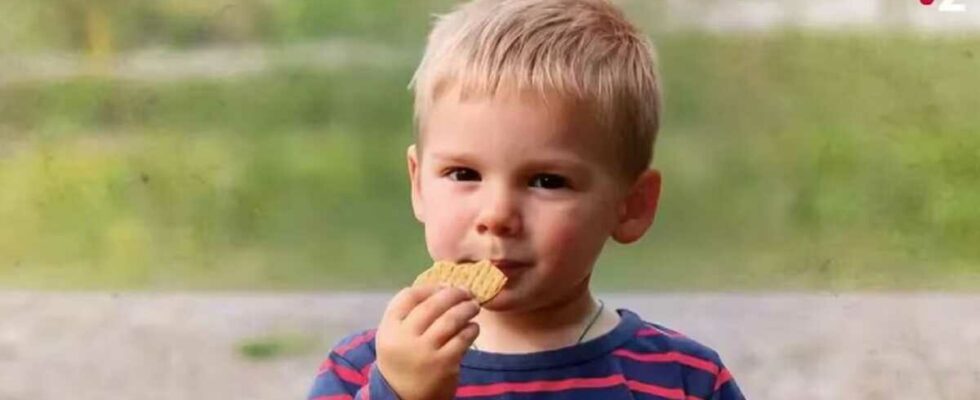Accident, manslaughter or murder? Since the discovery of little Émile’s skull on March 30, the investigation has resumed with a vengeance. The authorities are now trying to understand what led to the death of this boy, who disappeared on July 8, in the hamlet of Haut-Vernet, in the Alpes-de-Haute-Provence. However, during his press conference on April 2, the Aix-en-Provence prosecutor, Jean-Luc Blachon, stressed that to date, “we still cannot favor one hypothesis over another”. Despite this, certain elements collected by investigators over the last forty-eight hours seem to point the investigation towards the theory of an accident.
The skull of the little boy was found twenty-five minutes walk from Haut-Vernet, in a place “difficult [et] very steep”specifies the prosecutor, but that Émile, a priori already initiated to walking according to The Parisian, could have joined alone, “without the intervention of a third person”. In addition, near the bones, the police allegedly discovered certain items of clothing belonging to Émile, including a t-shirt, his shoes and panties. The latter were sent to the Criminal Research Institute of the National Gendarmerie. However, according to a source from Parisianno obvious sign of external violence would have been found on these clothes, just like on Emile’s skull.
Investigation into Émile’s death: analyzes of the bones have produced their first conclusions
Furthermore, until now, both the inhabitants of Haut-Vernet and the police were perplexed as to how Émile’s skull could have escaped their vigilance, the place of its discovery having been meticulously searched on several occasions during researches. However, the Aix-en-Provence prosecutor put forward a plausible explanation: the presence of a nearby stream, which can turn into a torrent during heavy rains, combined with recent weather conditions and the abundance of animals in the region, could explain the fall and movement of the skull, without requiring human intervention. This hypothesis is partly confirmed by the analyzes of the gendarmes, who noted that the “bones found were not buried and were exposed for a long time to weather variations and bad weather”.
In the event of an accident, the most likely scenario would be that Émile got lost, then died following a fall, exhaustion or dehydration, as reported The Parisian. In any case, only the other parts of the boy’s skeleton could shed light on the circumstances of his death. Research is therefore continuing in the hamlet of Haut-Vernet.
Article written in collaboration with 6Médias.
Photo credits: Screenshot France 2
